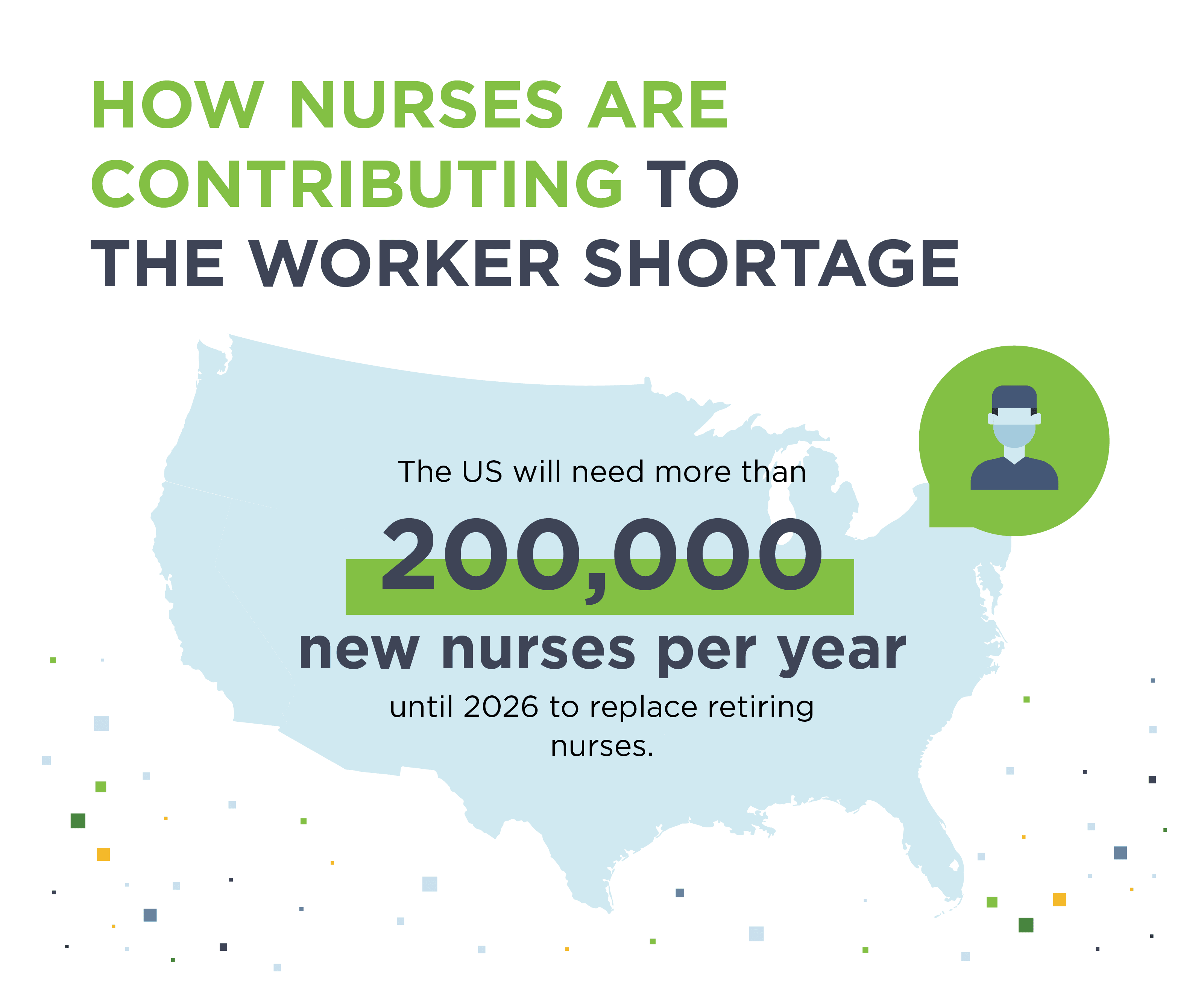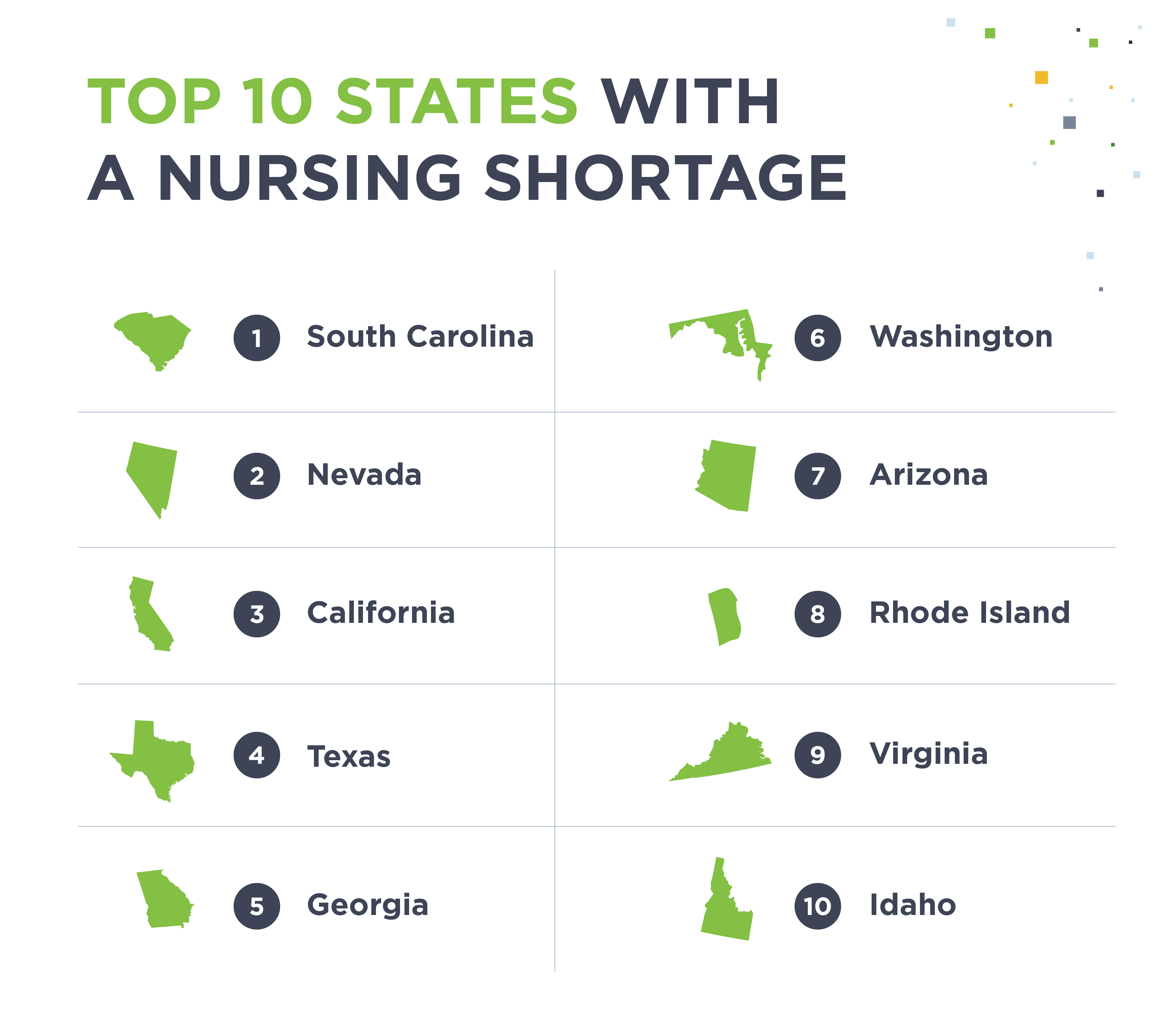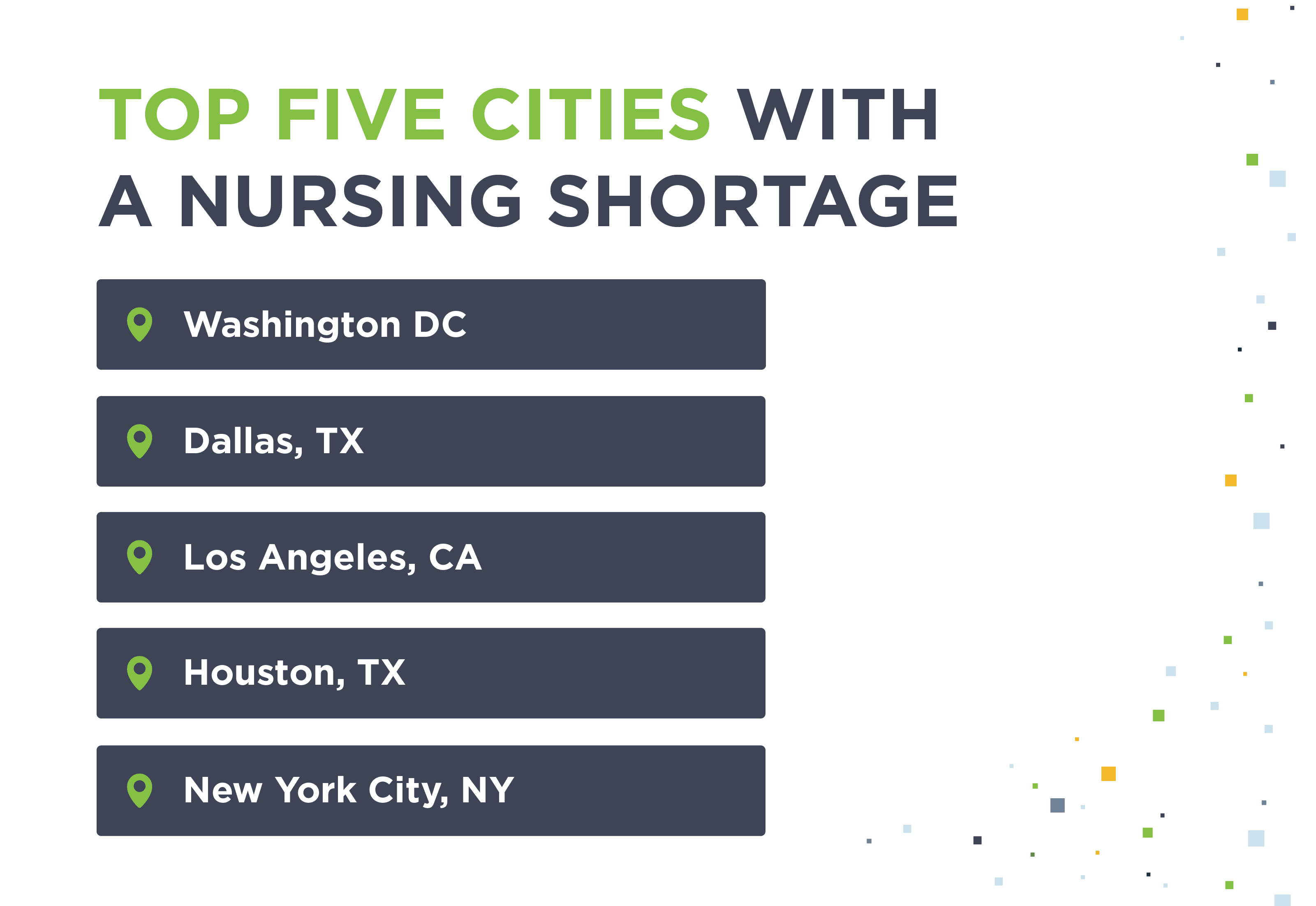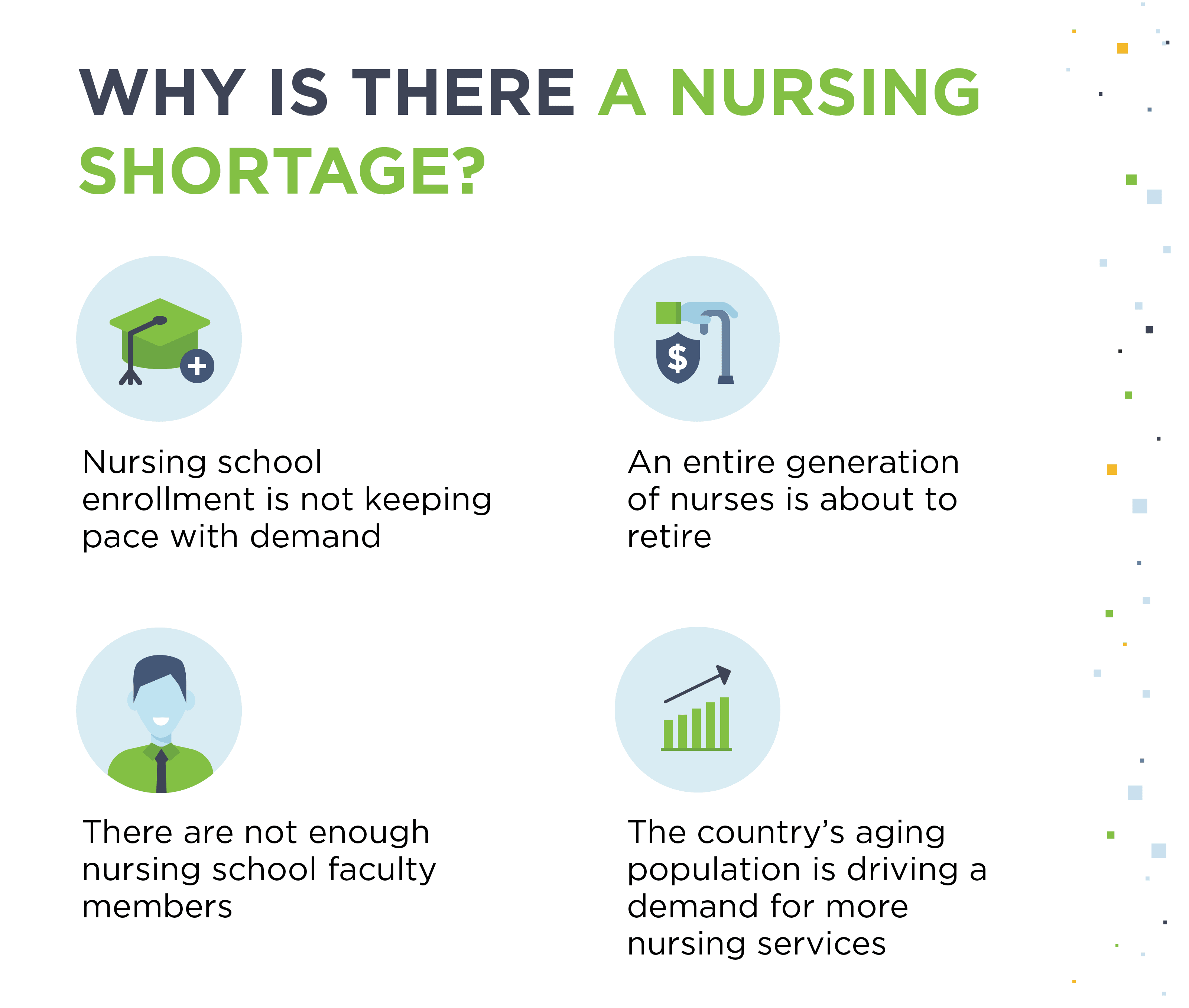Employers’ Guide To The Medicaid Exclusion List & OIG Penalties
Use this guide to learn how to navigate the Medicaid Exclusion List to hire qualified candidates and avoid OIG penalties while protecting your organization.
Resourcesarticles
Sara Korolevich
9 min read
As the pandemic continues, already understaffed healthcare facilities across the country continue to feel overburdened—and a nursing shortage is making the situation more dire. In this article, we’ll look at the nursing shortage numbers by state, why there’s a nursing shortage, and suggestions for employers on how to address it.
The COVID-19 pandemic upended nearly every workforce in the country, including the healthcare industry. Nurses have been working longer, more stressful shifts, leaving the already depleted nursing field stretched even thinner. Today, as the economy slowly begins to recover from the effects of the pandemic, the nursing shortage is still prevalent.
The nursing shortage worsened as a result of the pandemic, with 20% of National Nurse Associations reporting increased rates of nurses leaving the workforce in 2020. According to the American Association of Colleges of Nursing, the US will need more than 200,000 new nurses per year until 2026 to replace retiring nurses. Otherwise, it’s estimated that by 2030, the nurse workforce could see a shortage upwards of 13 million.

In this brief guide, we’ll outline how nurses are contributing to the labor shortage, why there is a dearth of qualified nurses ready to hire, and how companies can incentivize nurses to come on board.
To illustrate just how understaffed health care facilities are around the country, we’ve outlined the top 10 states with a nursing shortage, comparing the state’s overall population to the number of nurses per 1,000 citizens.
The top 10 states experiencing a nursing shortage—based on the most recent data from the Bureau of Health Workforce Database—are:

In addition to these nursing shortages across states, there are also major cities that are experiencing a nursing shortage in particular.

Larger cities, with more hospitals and higher concentrations of people, typically need more nurses than small to mid-sized cities. But even small towns are experiencing a nursing shortage. Why?
The current nursing shortage is not new. In 2019, nursing was ranked as the third most in-demand job of any profession in the country, right behind application software development and medical services manager.
Based on research from the Bureau of Labor Statistics, the demand for qualified nurses will increase faster than the need for any other profession in the coming decade.
Reasons for the nursing shortage, which has been an issue long before the pandemic, include:

This last bullet point is particularly notable. According to the US Census Bureau, by 2030, for the first time in US history, older people are projected to outnumber children. By 2030 all baby boomers will be older than 65, expanding the age of the older population. One in every five US citizens will be of retirement age—this places a significant amount of Americans in an age group that tends to require more medical services.
Post-pandemic, the environment for re-hiring employees looks promising, on its face. This is for two key reasons:
Businesses are hiring, yes, but workers are not filling these slots.
Nurses considering a return to work and those who are considering joining the nursing field are weighing the cons of this industry that were brought to light during the pandemic. Beleaguered nurses had to grapple with pandemic burnout, like the rest of the country, as well as poor working conditions and medical supply shortages while hospitals filled with sick and dying COVID-19 patients throughout 2020.
In addition to this, everyone currently re-entering the workforce also has to deal with two primary concerns:
Nurses who worked through the pandemic are tired, and those who are considering joining this industry have witnessed just how difficult it is to operate on the frontlines during a global crisis.
That’s why it is up to health care facilities to create a more desirable work environment to incentivize qualified candidates to come fill their open positions. Companies should consider implementing the following:
As the country begins to recover from a global pandemic, companies in every industry, including the already short-staffed healthcare field, are fiercely trying to re-staff their workplaces.
GoodHire helps health care facilities hire qualified candidates, faster.
With GoodHire, you can start your healthcare background checks more quickly, candidates can complete the required forms more easily, and your company will get more accurate results with much less time and resources spent. Especially in the healthcare industry, you want to be certain that your candidates are qualified in order to mitigate risks to patients and ensure employee safety.
The resources provided here are for educational purposes only and do not constitute legal advice. We advise you to consult your own counsel if you have legal questions related to your specific practices and compliance with applicable laws.
Follow Me
As GoodHire’s managing editor, Sara Korolevich produces educational resources for employers on a variety of employment screening topics, including compliance and screening best practices, and writes about GoodHire’s company and product news. Sara’s experience stems from 20+ years working as a B2C and B2B PR and communications professional.
Use this guide to learn how to navigate the Medicaid Exclusion List to hire qualified candidates and avoid OIG penalties while protecting your organization.
Learn about the System for Award Management (SAM) and what exclusions mean when screening candidates for your healthcare organization.
Find out how healthcare sanctions checks conducted during the screening and hiring process can help you manage risk in your healthcare organization.